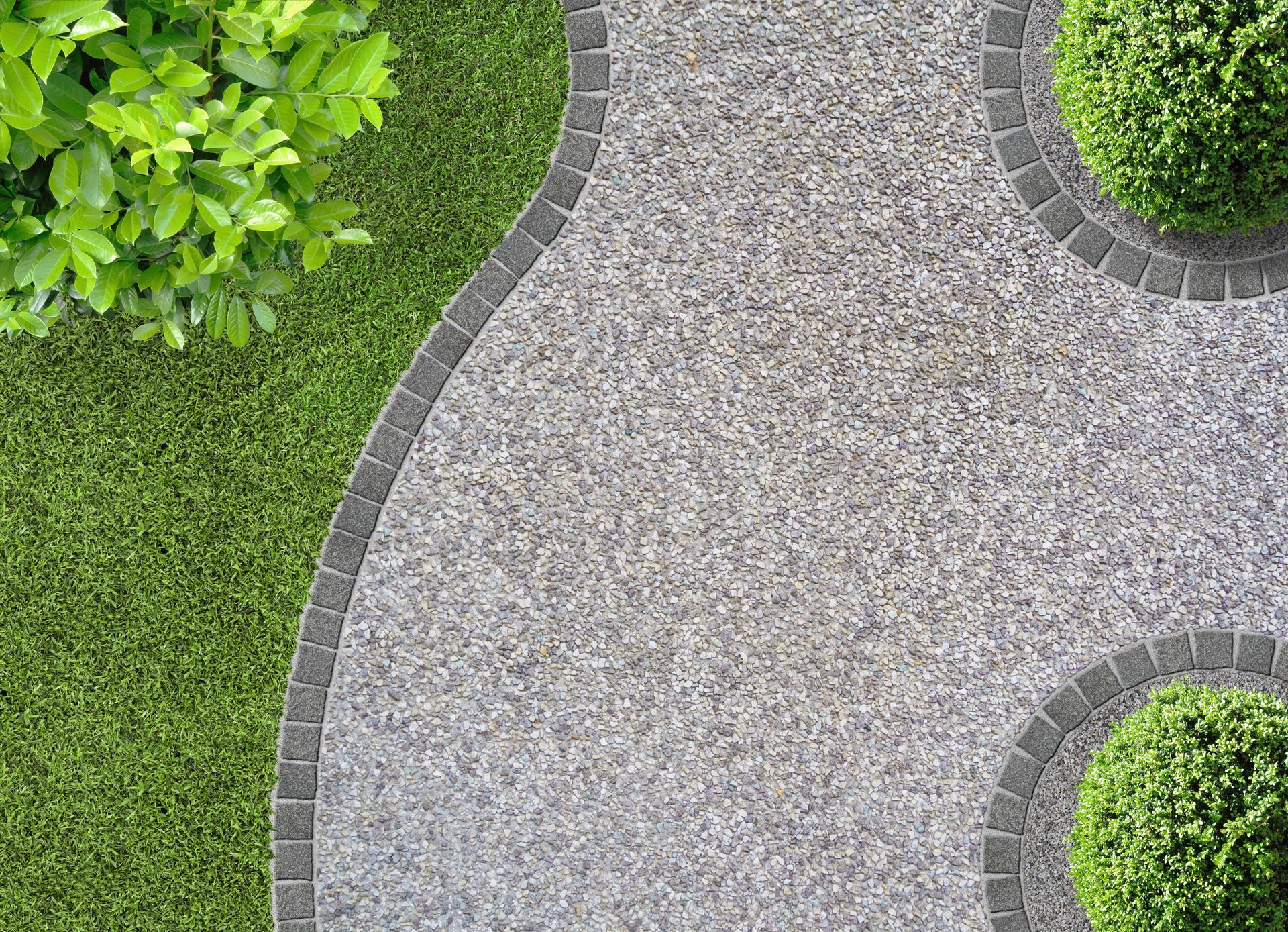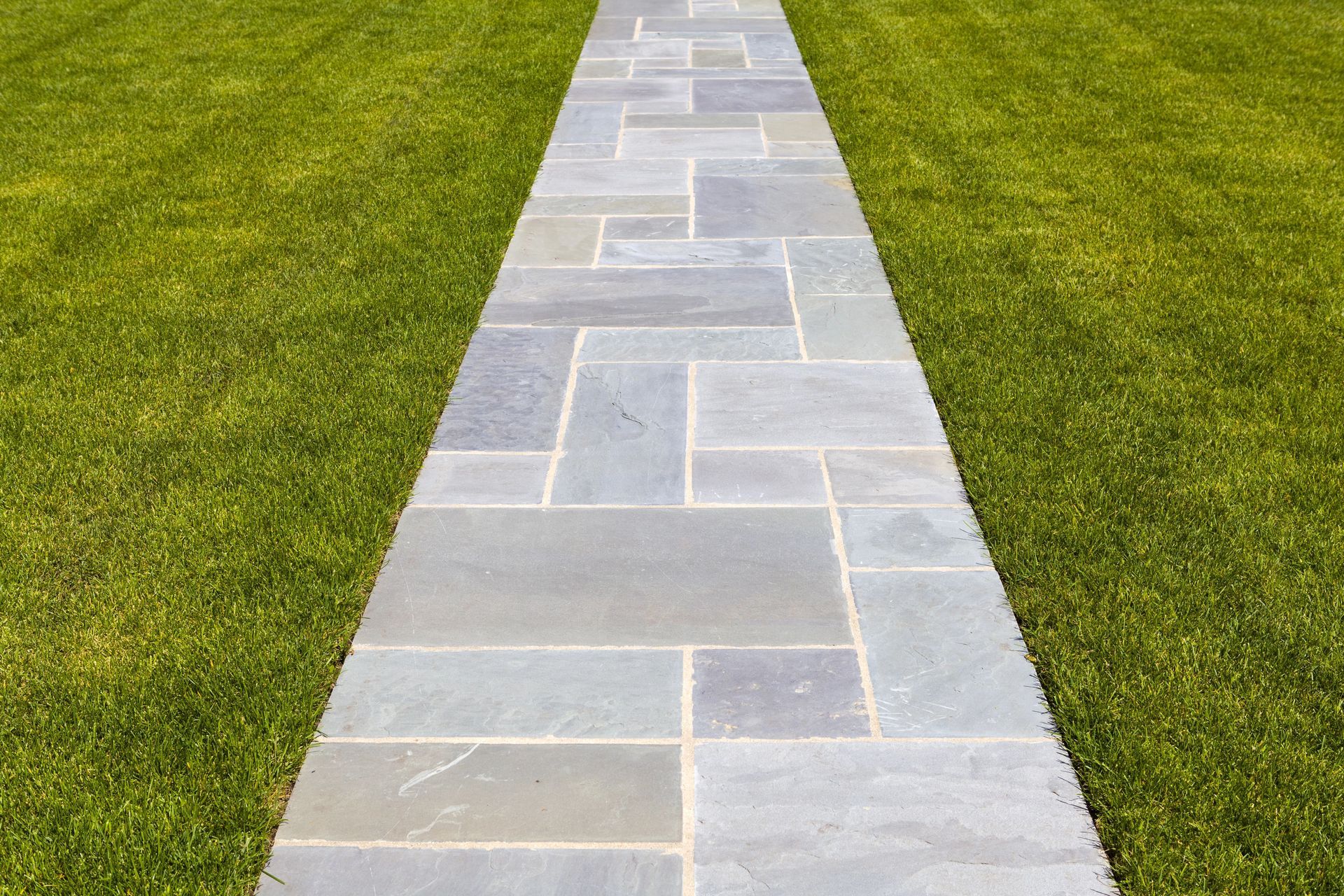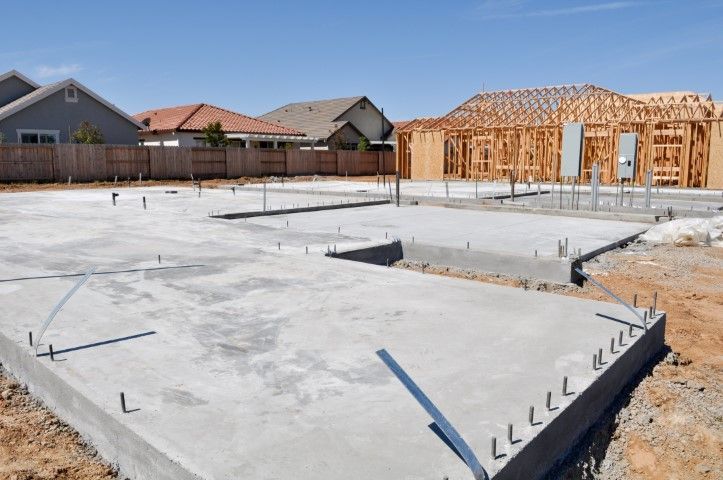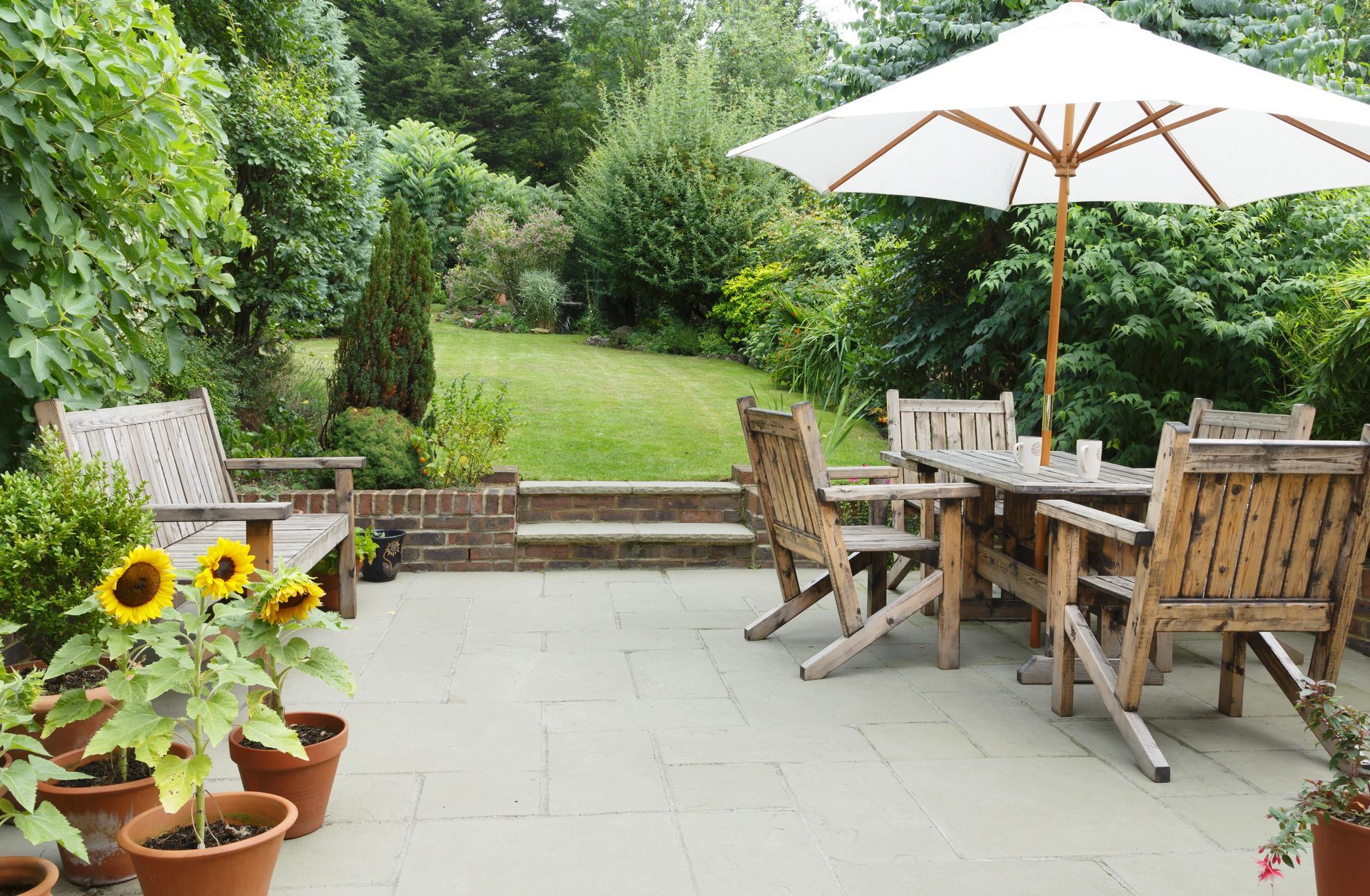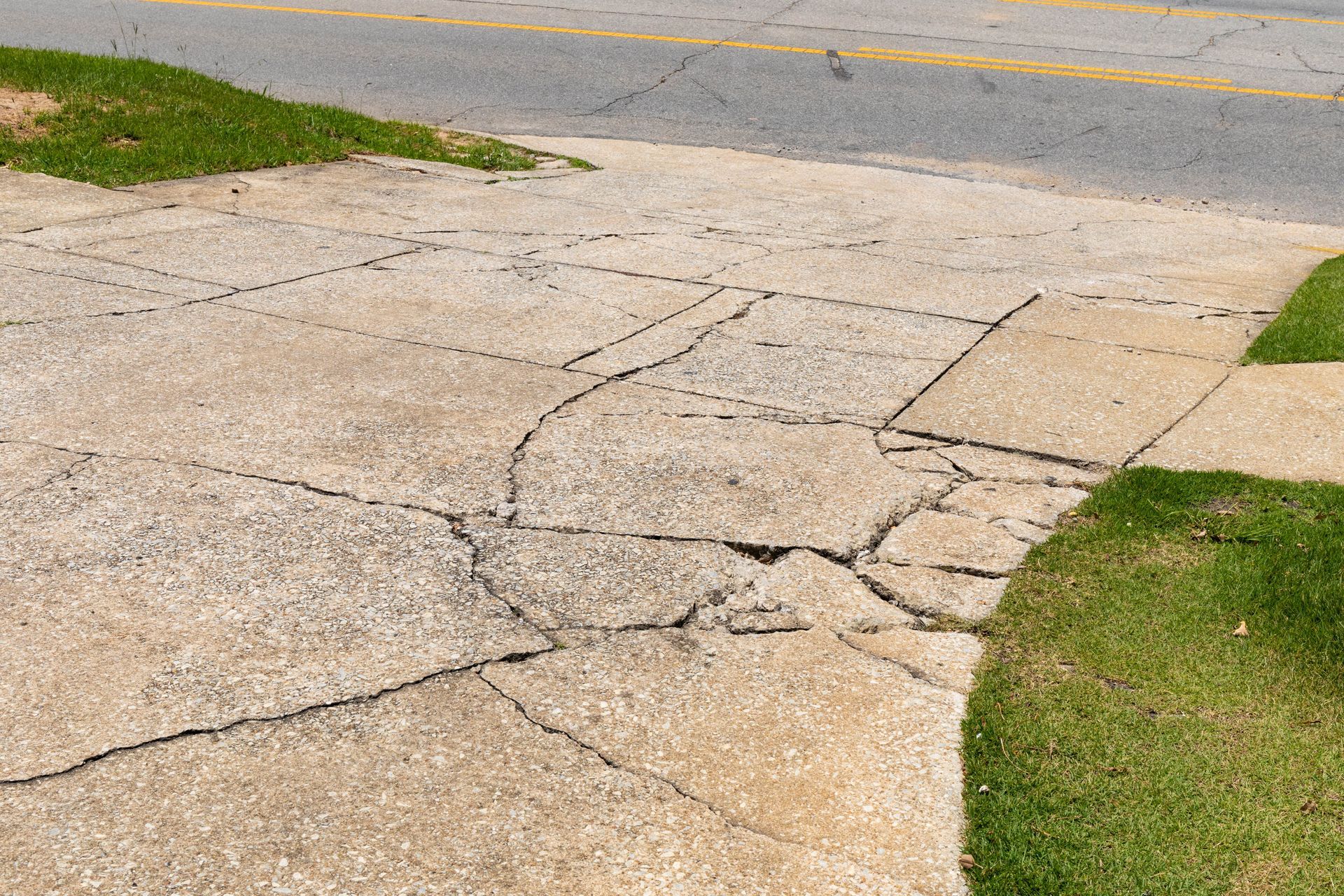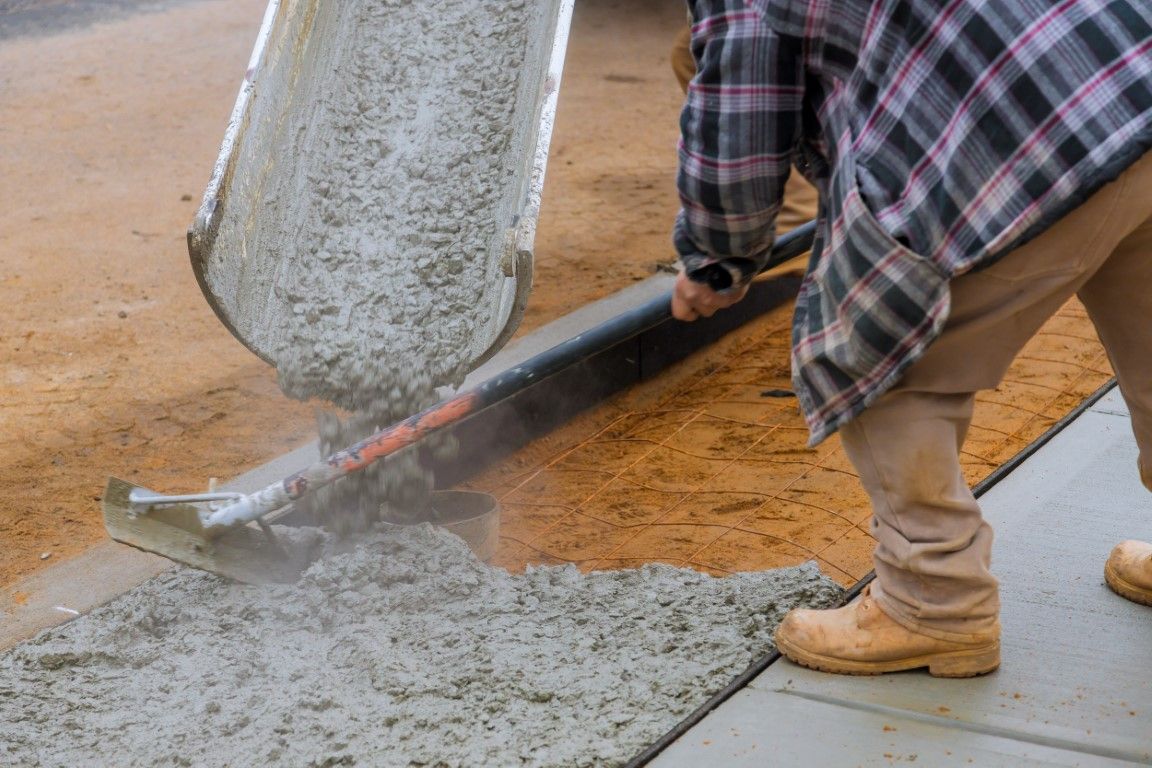A Century of Progress: A Brief Summary of How Concrete has Evolved over the last 100 Years
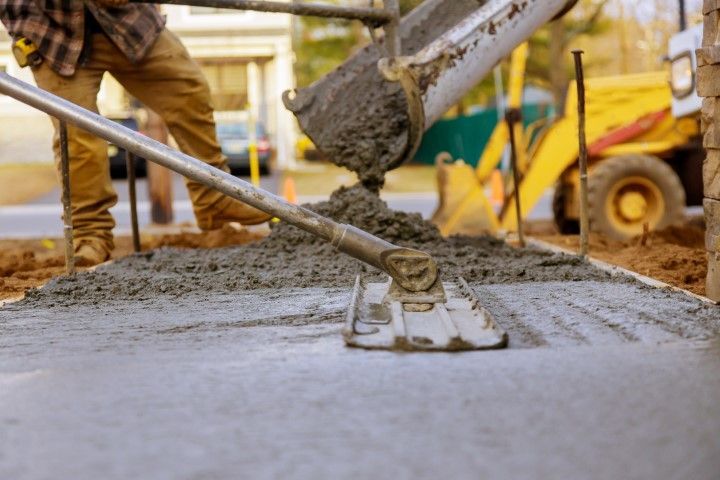
In the realm of architecture and property design, few materials have had as profound an impact as concrete. Over the past century, this versatile substance has undergone a remarkable evolution, fundamentally changing the way we conceptualize, plan, and build our properties. Let's dive into the transformative journey of concrete and its lasting influence on the design landscape.
At the turn of the 20th century, concrete was primarily perceived as a utilitarian material, synonymous with basic structures and foundational elements. However, visionaries like Auguste Perret and Frank Lloyd Wright began experimenting with concrete, realizing its untapped potential for structural innovation. The ultimate invention of reinforced concrete, combining steel and concrete, marked a turning point. This newfound strength opened the doors to expansive, gravity-defying designs that were previously unimaginable.
By the mid-20th century, the architectural movement known as Brutalism had emerged, showcasing concrete as an expressive medium. Architects like Le Corbusier embraced the raw, unadorned aesthetic of exposed concrete, using it to create imposing, monolithic structures. Iconic landmarks like the Barbican Centre in London and Boston City Hall embodied the power and versatility of concrete, making a bold statement in the architectural world.
The latter half of the 20th century witnessed the rise of modernist architecture, characterized by clean lines, open spaces, and an emphasis on functionality. Concrete played a central role in this movement, enabling architects to create sleek, minimalist designs that prioritized both form and function. The Sydney Opera House, designed by Jørn Utzon, and the iconic buildings of architect Ludwig Mies van der Rohe exemplified the marriage of concrete's strength with modernist design principles.
As environmental awareness grew, architects and engineers sought ways to make concrete more sustainable. Innovations like fly ash and slag cement, which utilize industrial by-products, emerged to reduce the environmental impact of concrete production. Additionally, advancements in self-healing concrete and carbon-neutral alternatives showcased a commitment to sustainability in the industry, paving the way for eco-friendly designs and construction practices.
In recent decades, decorative concrete has undergone a renaissance, challenging the perception of concrete as a dull, gray material. Stamped concrete, exposed aggregates, and polished finishes have become popular choices for driveways, patios, and interior spaces. This shift toward decorative concrete reflects a growing appreciation for the material's aesthetic potential, allowing property owners to merge durability with personalized design. The 21st century has brought about a new era of innovation with the development of smart concrete. Embedded sensors and self-monitoring technologies enable concrete structures to detect and report changes in temperature, stress, and integrity. This level of intelligence enhances the safety and longevity of concrete structures, setting the stage for a future where buildings actively communicate their needs.
As we reflect on the past century, it's evident that concrete has transcended its humble origins to become a cornerstone of modern design. From foundational elements to expressive architectural statements, concrete has shaped our built environment in ways that were once unimaginable. As we step into the future, the journey of concrete continues, promising even more innovations and transformative possibilities for the properties we design and inhabit. The legacy of concrete is not just in its structures but in the indelible mark it has left on the landscape of design and construction. When it comes to finding professional concrete contractors today, give Dunwoody Concrete Co. a call so we can take your property to the next level!


